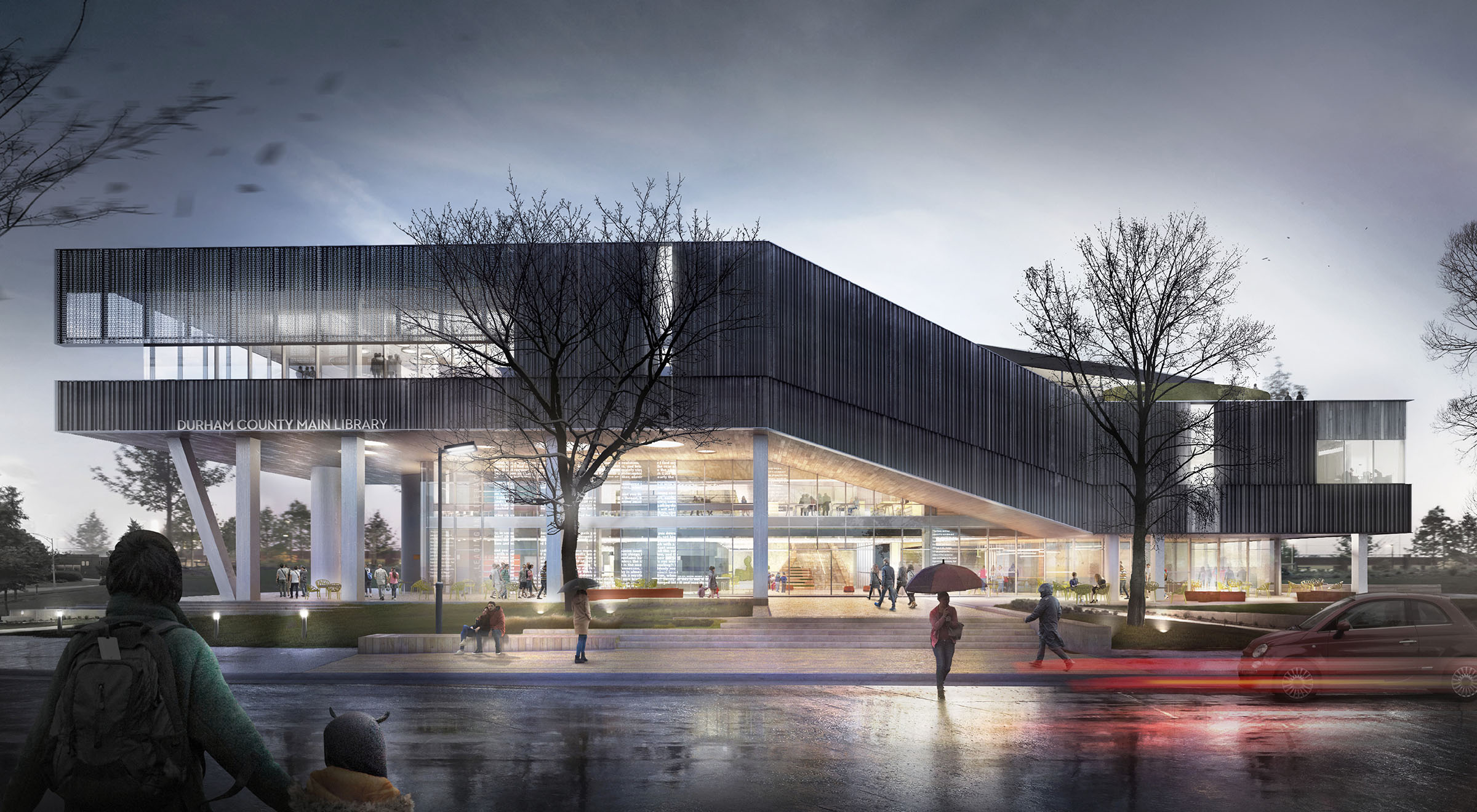
10 March 2021
Libraries in Unusual Places
You might find it interesting to read about this particular public library.
Our conceptualization of a “library” should be broadened to include museums, archives, and such places where the public is encouraged to engage with information through reading.
A museum educator is trained to create programs to increase community engagement with the museum content, beyond that available in the displays.
In the same way, one could think of library outreach as a way to increase community engagement with the library, beyond what is included in the library’s physical collections. The types of programs put on by each are probably very similar in purpose, so why not collaborate?
These types of institutions don’t exist in a vacuum—most large cities probably have a library, a museum, and an archive of some sort, so broadening how we think of these types of institutions (as working together to achieve the same goal—public engagement with/through information) then we can create a more collaborative, open environment.
Why? Because they all serve a similar purpose, so it doesn’t help to think about them in isolation.
Take the Lilac Museum Steamship: created by an artist, operated by librarians, as a museum outreach program.
If we broaden the scope of the library’s definition, we can start to apply other methods and ideas to libraries, as well.
Read these two and plan to post a consideration about them.
Our first guest will speak about programming for a general audience at an academic library and the idea of building community.
Our secong guest does programming for Durham County Library, including their Comics Fest, and he also developed a community group for people who make and are interested in comics.

Libraries in Unusual Places
You might find it interesting to read about this particular public library.